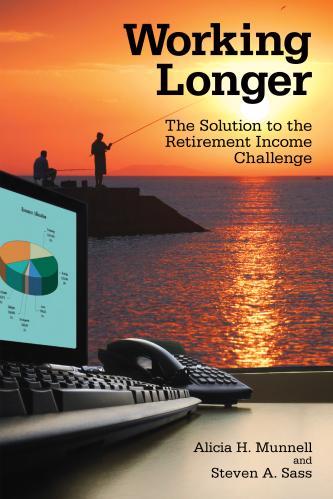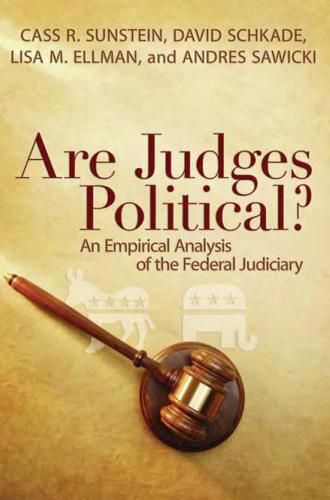The following was orginally published in Judicature (Volume 93, Number 4, January-February 2010)
Justice Sonia Sotomayor’s Supreme Court appointment illustrated two demographic trends—the increase in the appointment of women and of racial and ethnic minorities to the federal bench. But Sotomayor, named a United States district judge in 1992 from private law practice, stands outside another trend—the decrease in the appointment of private practitioners as district judges.
This decrease is not news. Sheldon Goldman and his colleagues regularly document federal judges’ vocational backgrounds in their biennial Judicature reports on the appointment process.[1]
Independently, Chief Justice John G. Roberts, Jr. and his predecessor, William H. Rehnquist, have noted the decline in appointees from the private bar. Chief Justice Roberts called it an “important change . . . in where judges come from, particularly trial judges.”[2]
The costs and benefits of this change are not clear. Some see the change positively, providing what they call a more “professional” federal judiciary. Others believe the district courts benefit from the long-standing practice of appointing mostly private lawyers. This article documents the change in federal district judges’ vocational backgrounds since 1953; assesses the normative arguments for continuing the change, and those for reversing it; assesses likely causes of the shift in vocational backgrounds; and suggests areas for further inquiry.
Changes in prior vocations
Federal judges’ vocational backgrounds since the Eisenhower administration have changed mainly at the district court level and involved a fairly steady decline in the proportion of judges appointed from private practice and a corresponding increase in state judges and U.S. magistrate and bankruptcy judges. By contrast, the proportion of sitting judges appointed to the courts of appeals in the same period has stayed around the 50 percent mark—over 60 percent for H.W. Bush and over 50 percent for every other administration except Carter (46 percent) and W. Bush (49 percent).[3] In 2009, the district courts had 678 statutorily authorized district judgeships (including a handful that will at some point lapse unless Congress makes them permanent.[4]
Thanks for comments on an earlier draft to Sarah Binder of the Brookings Institution, Rachel Caufield of the American Judicature Society, U.S. District Judge D. Brock Hornby, Steve Tevlowitz of the Administrative Office of the U.S. Courts, and. two anonymous reviewers. Thanks to Steven Saltzgiver of the Federal Judicial Center for helping me with aspects of the Center’s Federal Judge Biographical Database. The analyses and conclusions are mine alone. This is a revision of a paper prepared as background reading for the Sandra Day O’Connor Project’s May 2009 conference at Georgetown Law Center.
[1] Most recently Sheldon Goldman, Sara Schiavoni, and Elliot Slotnick, W. Bush’s judicial legacy: Mission accomplished, 92 JUDICATURE 258, esp. at 278 and Table 3 at 279 (2009). For a different approach to analyzing changes over time in federal judges’ vocational backgrounds, see Monique Renee Fournet, Kyle C. Kopko, Dana Wittmer, and Lawrence Baum, Evolution of judicial careers in the federal courts, 1789-2008, 92 JUDICATURE 62 (2009).
[2] John Roberts, “2006 Year End Report on the Federal Judiciary,” (Jan. 2007) viewed at www.uscourts.gov/ttb/2007-01/2006/index.html.
[3] See Sheldon Goldman, PICKING FEDERAL JUDGES, LOWER COURT SELECTION FROM ROOSEVELT TO REAGAN 147-149, 189, 227 (1997), and Goldman et al, supra n. 1.
[4] 28 U.S.C. §133(a)&(b) and Administrative Office of the U.S. Courts, AUTHORIZED JUDGESHIPS FROM 1789 TO PRESENT at 8 (2009), available at http://www.uscourts.gov/history/allauth.pdf. There are also four term-limited territorial district judges.
The Brookings Institution is committed to quality, independence, and impact.
We are supported by a diverse array of funders. In line with our values and policies, each Brookings publication represents the sole views of its author(s).









Commentary
Changing Backgrounds of U.S. District Judges: Likely Causes and Possible Implications
February 22, 2010